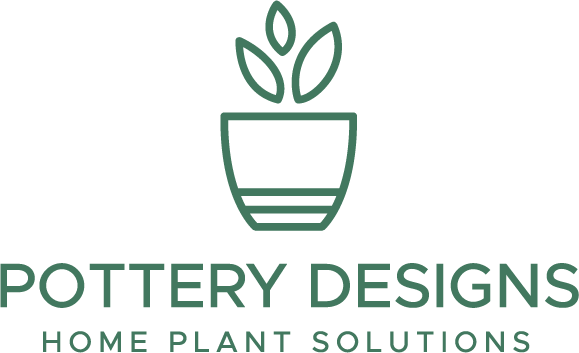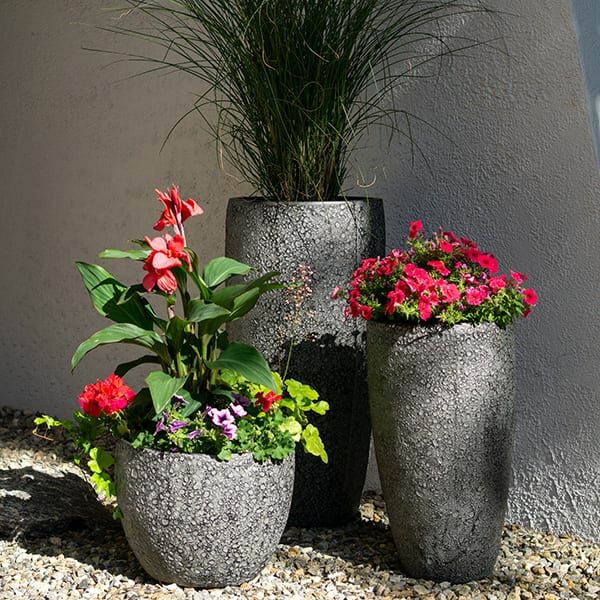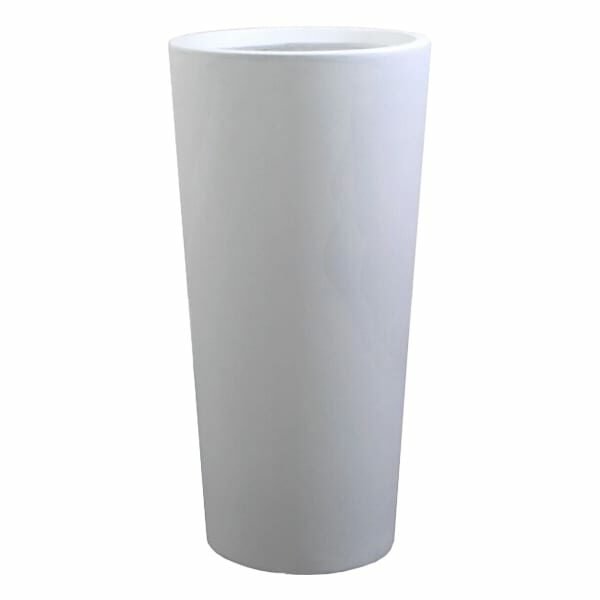If you are wondering which houseplants are safe for your beloved pets to be around, you have come to the right place! Our list of 10 Safe Houseplants for Pets will give you some clarity on which plants are safe for your pet-friendly home.
In This Article:
- Spider Plant
- Ponytail Palm
- Venus Flytrap
- Boston Fern
- Watermelon Peperomia
- Orchid
- Bromeliad
- Prayer Plant
- African Violet
- Friendship Plant
1. Spider Plant (Chlorophytum comosum)

Chlorophytum comosums, better known as Spider Plants are non-toxic to cats, dogs, and humans. They’re a great choice for your pet-friendly home. Additionally, they are very easy to maintain, as they require minimal maintenance and thrive in a variety of different conditions. Ideally, they should receive bright, indirect light and be watered only once the soil is dry.
The great thing about Spider plants is that they love hanging planters. While they’re safe for your pets, they can also be kept out of reach. Spider plants are easily one of the safest houseplants to own if you have pets.
Click here to read more about the care of Spider Plants.
2. Ponytail Palm (Beaucarnea recurvata)

Another choice for a safe houseplant for pets is the Ponytail Palm. Contrary to popular belief, this plant is neither a tree nor a palm, it’s a succulent! Certain succulents are pet-friendly, like the Ponytail Palm, though it’s always important to research them individually before adding them into your pet’s home.
Ponytail Palms are another easy to care for houseplant. They love dry soil, which is great for those who have busy schedules and struggle with remembering to water their plants.
Ponytail Palms are not too picky about the light conditions either. They tolerate both bright light and low light. Keep in mind, plants that tolerate low light do still need access to some sort of lighting for photosynthesis purposes.
If you would like to learn more about the Ponytail Palm and the care that it needs, click here.
3. Venus Flytrap (Dionaea muscipula)

The Venus Flytrap is an interesting carnivorous plant that eats arachnids and insects. While it is toxic and deadly to bugs, it is completely harmless to pets and humans. Even if your pet takes a small nibble of this plant, no harm will come from it!
In fact, the Venus Flytrap is so safe that it cannot harm humans, even if you put your finger in one of the traps. On the contrary, placing a finger in the trap can be harmful to the plant, as they can only open and close their traps so many times before dying off and needing to grow a new one.
The care of a Venus Flytrap includes using distilled water to make sure the soil always stays moist, and placing it in bright, indirect sunlight. You can buy distilled water at most grocery stores. This plant can be tricky to keep healthy, so make sure it doesn’t get too much sunlight and that it’s planted in peaty or mossy well-draining soil.
Click here to watch a video about the care requirements of the Venus Flytrap.
4. Boston Fern (Nephrolepis exaltata)

A Boston Fern is a great pet-friendly houseplant because like the Spider Plant, it can easily be kept out of reach of pets in a hanging planter. If you decide against a hanging planter, that is also fine. This fern will not harm your pet when ingested.
This lush plant has gorgeous feather-like greenery and is easily maintained. Indirect sunlight with moist soil is the ideal environment for Boston Ferns. Boston Ferns like cool environments with high humidity. For this plant, you can very lightly mist it once or twice a week or put the planter on a tray of pebbles filled with water to foster a more humid environment.
Go here to read a more in-depth explanation about the care of a Boston Fern.
5. Watermelon Peperomia (Peperomia argyreia)

The Watermelon Peperomia is our fifth choice on our list of safe houseplants for pets. It gets its name from the pattern and coloring of its leaves. Your pet will not get hurt from taking a few bites of this plant. This plant is non-toxic to cats and dogs and is a great beginner plant for humans.
The Watermelon Peperomia thrives in medium to bright indirect light and does not like direct sunlight at all. Direct sunlight will fade the colors and patterns of this plant. Watermelon Peperomia should be watered when the top 50%-75% of the soil is dry. A spritz of water here and there will be appreciated by the Watermelon Peperomia, as it enjoys humidity!
Here’s a video that gives an overview of the Watermelon Peperomia’s characteristics and general needs.
6. Orchid (Orchidaceae)

Many previously believed that Orchids and pets could not safely co-exist, but they can! While your furry friend may end up with a belly ache if they ingested some of an Orchid plant, they are not in true, fatal danger.
Orchids are some of the most commonly owned houseplants, and they are simple to care for once you understand their needs. Most Orchids thrive with moist, well-draining soil. They require shallow planting and prefer bright, indirect light. A healthy balance of light is best for this plant, as too much light can scorch the leaves and not enough light will hinder your plant’s ability to flower.
Click here to view a great article that goes over Orchid care and other frequently asked questions.
7. Bromeliad (Bromeliaceae)

The Bromeliad is a colorful flowering plant that is extremely easy to maintain. This plant is considered non-toxic for pets, though if ingested it can cause mild gastrointestinal issues such as vomiting or diarrhea. Bromeliads thrive in medium to bright, indirect light and fast-draining potting soil.
It is best to let this flower dry all the way through before watering it, as it likes its soil on the drier side. The flowers of Bromeliads can be red, green, purple, orange, and yellow. Usually, these flowers appear closer to the end of the plant’s life cycle.
This article goes over the care of Bromeliads in-depth and explains the different types of Bromeliads.
8. Prayer Plant (Maranta leuconeura)

The Prayer Plant originated on the floor of the Amazon Rainforest. It is a safe plant for animals and is quite hardy as well. The Prayer Plant is a smaller plant that does well in low light, making it an excellent choice for small apartments or rooms with undesirable lighting.
Prayer Plants need well-draining yet moist soil. They thrive in very humid environments, so adding a humidifier for this plant will be beneficial if you have the means to do so. This plant would also thrive with a tray of pebbles under its pot!
If you’re interested in learning more, this video goes in-depth about the care of Prayer Plants.
9. African Violet (Saintpaulia ionantha)

The African Violet is a non-toxic plant and completely safe for pets to be around. This plant has fuzzy green leaves and boasts gorgeous flowers all year round. The flowers can be many colors like red, blue, pink, or white. African Violets are low maintenance, though keep in mind that this plant is susceptible to root rot so avoid over-watering.
One trick for watering this plant is to give it warm water instead of cold, as cold water can cause spots on the leaves. This plant is not too fussy about its lighting requirements but keeping it in a spot where it receives bright, indirect sunlight will help it thrive most.
Here’s a video giving an overview of the care for an African Violet.
10. Friendship Plant (Pilea involucrata)

Our final plant on our list of safe houseplants for pets is the Friendship Plant. What a great way to celebrate your friendship with your pet!
This plant is bushy and has bright green, veiny leaves. The Friendship Plant, like many of the others on our list, has minimal needs and is easy to maintain. Generally, it likes bright light but should be kept away from direct sunlight. Friendship plants should dry out in between waterings and be watered all the way through when it’s time to water it.
This article goes deeper into the care of the Friendship Plant and how to troubleshoot common issues that arise during the care of one.
Conclusion
We hope you were able to gain an understanding of which plants are safest for you and your pets’ home. Thankfully, there are many choices, and this article does not even cover them all! There are plants you can keep out of sight in hanging planters to give you peace of mind. Whichever plant you choose, and no matter what method of showcasing it you choose; you can rest assured that these houseplants are safe for your pets.
Now that you know which plants are safe for you to bring into your pet-friendly home, check out our plant lighting guide to get a glimpse into the different lighting conditions your home offers and how to tell which spot is best for your new houseplant.






